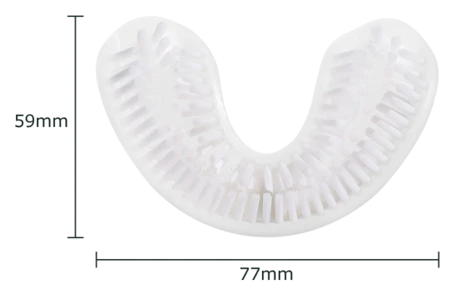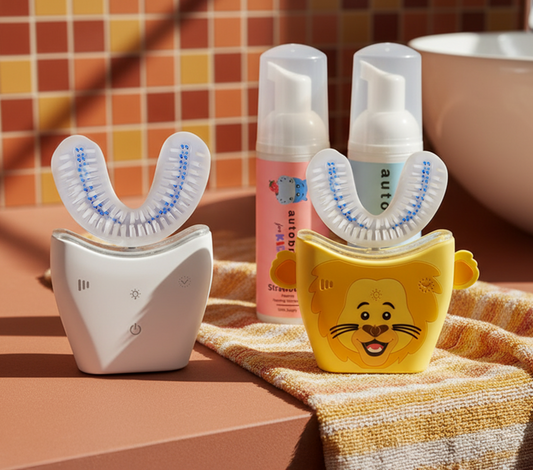
Why the ADA Seal Matters
In the world of dental care, certain milestones represent more than just progress—they signify a profound shift, a leap forward that changes everything. We are thrilled to announce that autobrush has achieved one such milestone: the prestigious ADA (American Dental Association) Seal of Acceptance.
What the ADA Seal of Acceptance Means
The ADA Seal of Acceptance is the gold standard in dental care. It’s awarded only to products that meet the highest standards of safety and effectiveness, as verified by rigorous testing and clinical evidence. When you see the ADA seal on a product, you can trust that it does exactly what it claims to do—and does it well.
For autobrush, earning this seal is more than an accolade; it’s a confirmation of our commitment to excellence. It validates our innovative approach to oral care, assuring our customers that they’re using a product that’s been rigorously tested and approved by the most trusted authority in dental health.
We’re the Only U-Shaped Toothbrush with ADA Seal
We’re proud to say that autobrush is the ONLY U-shaped toothbrush in the world to receive the ADA Seal of Acceptance. While there are knock-offs and similar products, none have undergone the same level of scrutiny and testing as autobrush. These imitations may claim to offer similar benefits, but they don’t meet the rigorous standards set by the ADA.
Why This Matters to You
So, why should this milestone matter to you? Because it’s a testament to the quality and reliability of autobrush. When you choose our ADA-Accepted U-shaped toothbrush, you’re choosing a product that has been scientifically validated to improve oral health. You’re choosing a brush that not only makes brushing easier and more enjoyable but may also be the best toothbrush for special needs, ensuring your smile is as healthy as it can be.
For parents, this means peace of mind knowing that their children are using a toothbrush that’s both fun and effective. For everyone else, it means trusting that your oral care routine is backed by the highest standards in the industry.
What’s Next?
Achieving the ADA Seal of Acceptance is a giant leap forward, but it’s not the end of our journey-it’s just the beginning. This milestone inspires us to continue innovating, improving, and pushing the boundaries of what’s possible in oral care.












